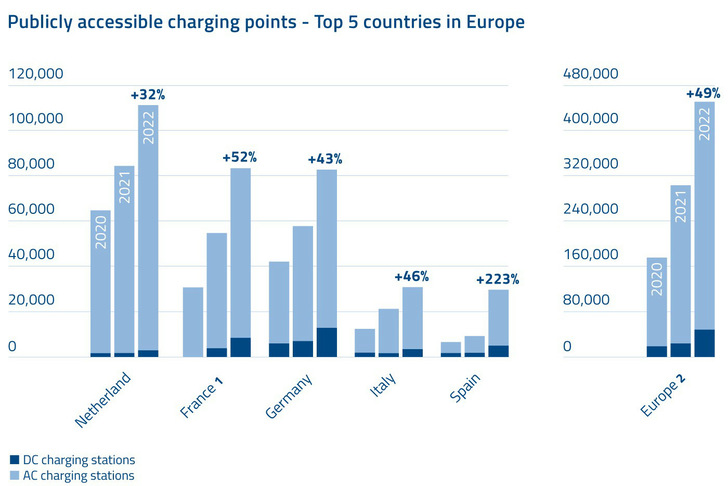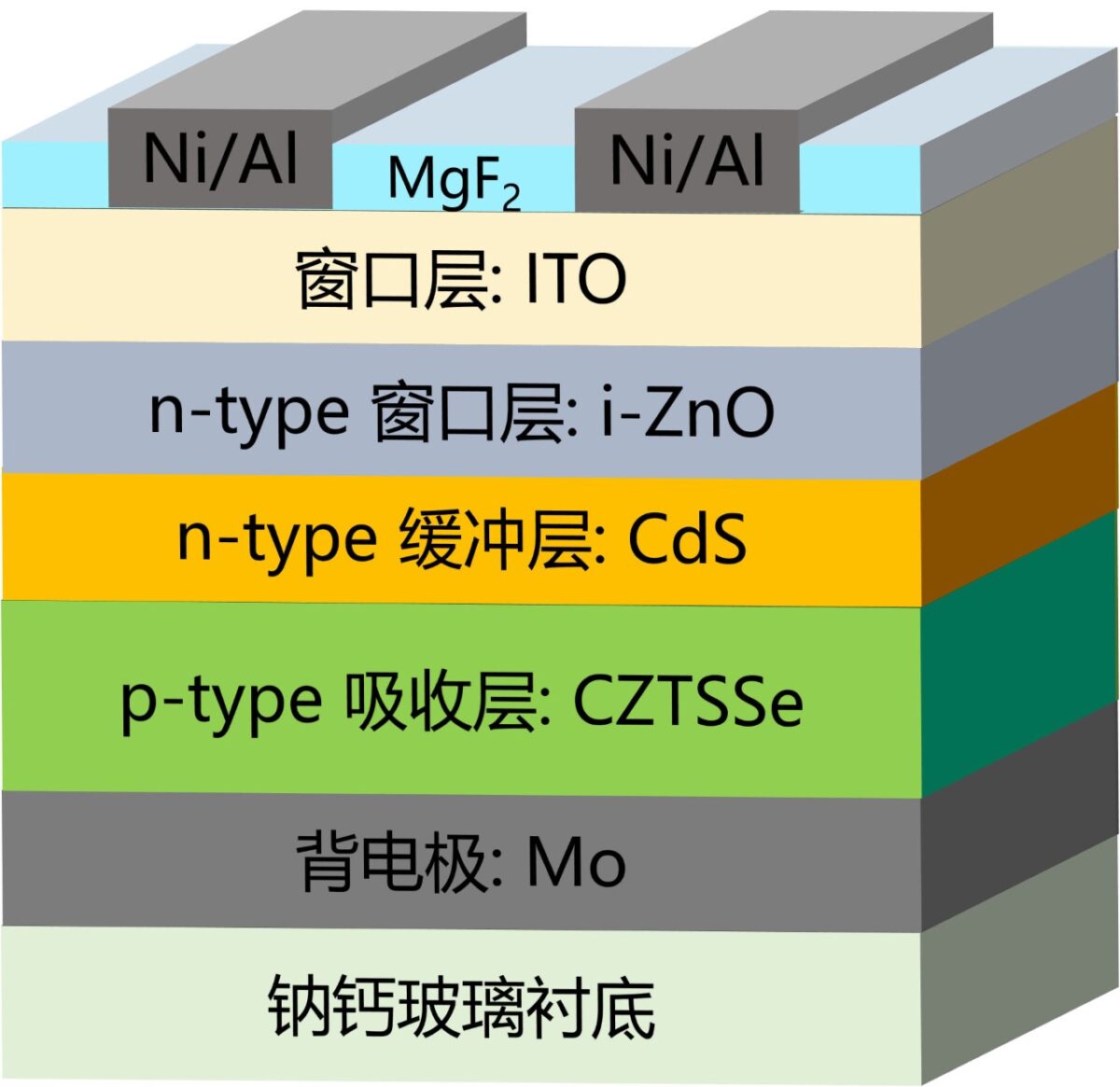https://www.pveurope.eu/e-mobility/power2drive-europe-2023-netherlands-ahead-pack-number-charging-points
The is Netherlands ahead of the pack in the number of charging points
Germany, the frontrunner in public fast charging infrastructure, almost caught up to France in 2022. However, to achieve the goal set by the German government (1 million charging points by 2030) and the European Union (3.5 million by 2030), deployment must accelerate. At Power2Drive Europe, visitors can learn how this could be accelerated. More than 250 companies will be presenting their latest products and solutions at the international exhibition for charging infrastructure and e-mobility. Power2Drive Europe is part of The smarter E Europe and will take place from June 14–16, 2023 at Messe München. A total of more than 2,200 exhibitors are taking part and over 85,000 visitors are expected.
Europe is making progress in e-mobility
Electromobility is the key to reducing greenhouse gas emissions produced by the transport sector and thus to fighting climate change. However, making widespread electromobility achievable requires a comprehensive, needs-based and user-friendly charging infrastructure. Europe is making progress (see chart): 450,478 publicly accessible charging points were installed in 2022, more than 60 percent of them in the Netherlands, France and Germany. The Netherlands is leading with 111,821 publicly accessible charging points. France (83,317) takes second place, followed closely by Germany (82,609) and Italy (30,787). With 29,539 charging points, Spain has taken over from Sweden in fifth place. Nevertheless, to meet the goals set forth in the European Commission’s alternative fuels infrastructure regulation (AFIR), everyone needs to speed up. The AFIR envisages fast charging points with a capacity of 150 kilowatts (kW) in 60-meter intervals along the most important highways – amounting to one million charging points – by 2025, and 3.5 million by 2030. At present, Europe only has a total of 47,819 DC charging stations (based on the AFIR classification).
See also: What effect is the war in Ukraine having on renewables and the energy transition?
Countries with a large surface area, such as Germany and France, primarily rely on the deployment of fast charging points that directly convert the grid’s alternating current (AC) to direct current (DC). DC charging stations with an output of 50 kW or more charge e-cars faster for a wider range than AC charging stations, whose alternating current is converted to direct current by the car. Germany is the European frontrunner when it comes to publicly accessible DC charging points: With 12,833 DC charging points, it has significantly more units than France (8,220), Spain (5,013), Italy (3,295) or the Netherlands (2,754).
Stay up to date with the Power2Drive Europe Conference
From June 14–16, the international exhibition Power2Drive Europe 2023 will provide an overview of the products, innovations and business models in the areas of charging infrastructure and electromobility at Messe München. For the first time, it will take place across 13,000 square meters of exhibition space and an outdoor area of 4,000 square meters – along with an extensive accompanying program. The Power2Drive Europe Conference will start on the day before the exhibition at the International Congress Center München (ICM), alongside the Intersolar Europe, ees Europe and EM-Power Europe Conferences.
At the Power2Drive Europe Conference, experts will be presenting market trends, analyses and research findings as well as innovative projects in the areas of e-mobility and charging infrastructure. For example, Business consultancy PwC will host session dialogues, where decision makers at government and boardroom levels will be discussing the future of electromobility. “The mobility transition doesn’t take place sometime in the future – it is happening now. Politics and society have taken their decision in favor of electromobility, and we now need the charging infrastructure to support it. This is not only highly relevant for the automotive, energy or public sector, but if affects all sectors. Our dialogues will therefore address the issue of sector coupling, as well as the necessity and challenge of collaborating across sectors,” says Heiko Seitz, Global eMobility Leader at PwC. You can find the Power2Drive Conference’s full program at www.powertodrive.de/conference-program.
Also interesting: Aptera launches programme to accelerate volume production of SEVs
Companies will be demonstrating their products and solutions indoors as well under real-life conditions in the outdoor area. Charging solutions for fleets and smart solutions for combining low-cost renewable power generation and sustainable mobility will be showcased here, for example, parking lot PV. At the outdoor area, installers, planners, fleet managers, companies, charge point operators (CPO) and electromobility providers (EMP) can see for themselves what’s possible. Several exhibitors, such as Skoda, Lucid, Nissan, to name a few, will offer free test drives with their latest car models at the eCar Test Drive, the outdoor exhibition area adjacent to the exhibition halls, allowing visitors to experience electromobility first hand. (mfo)




